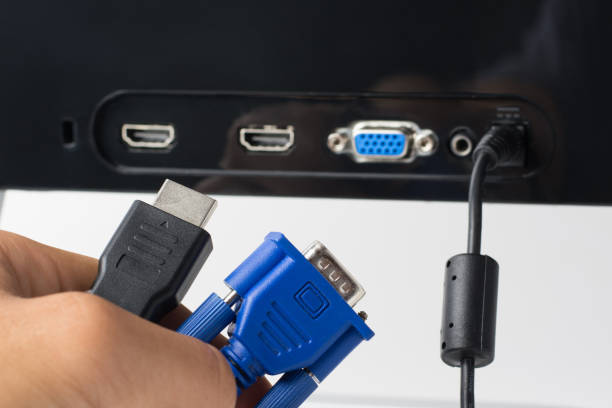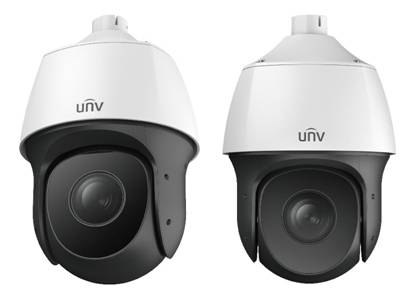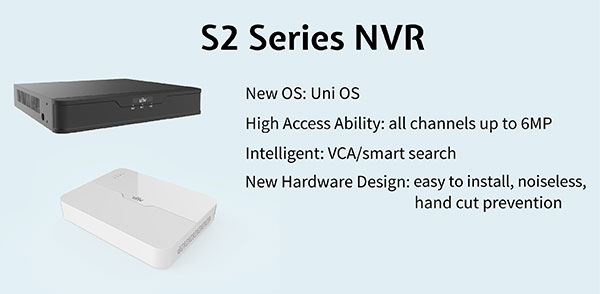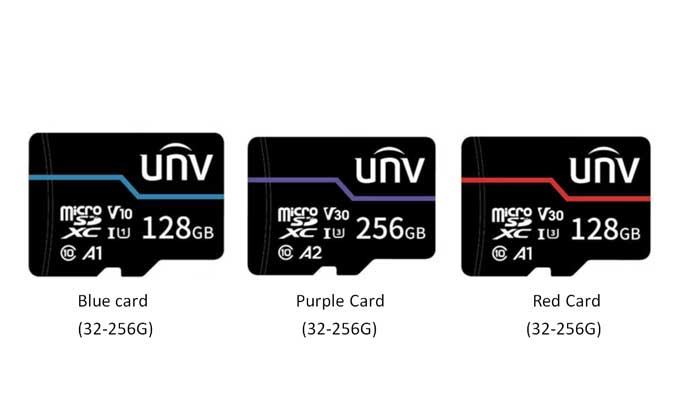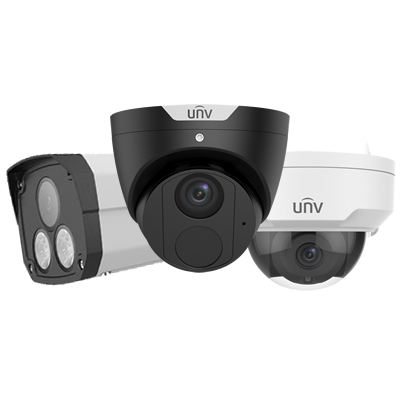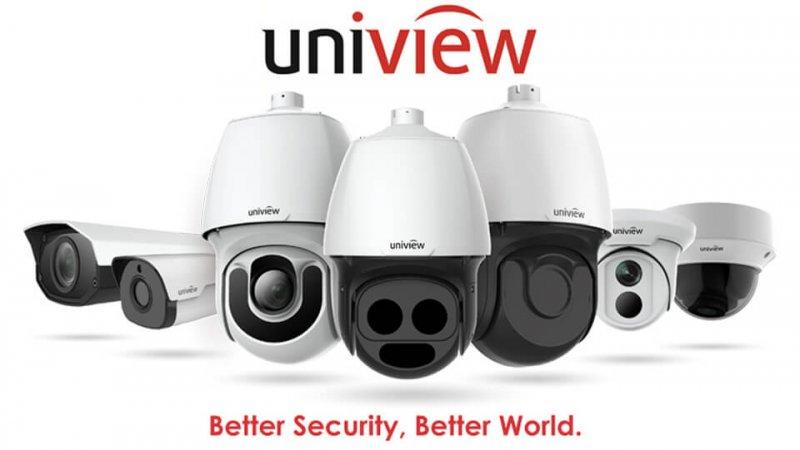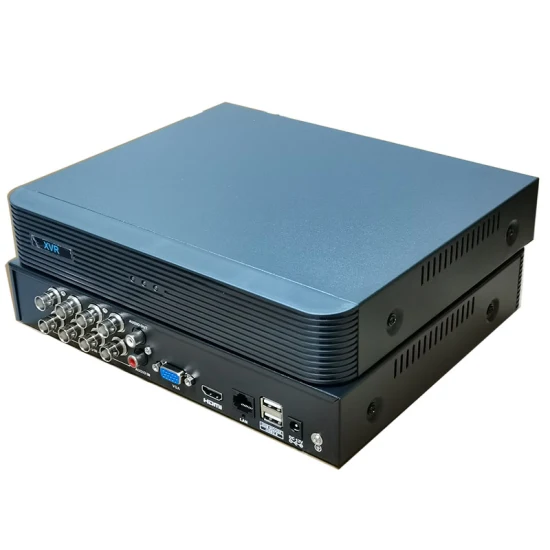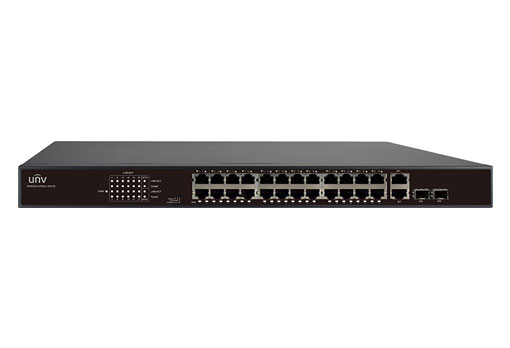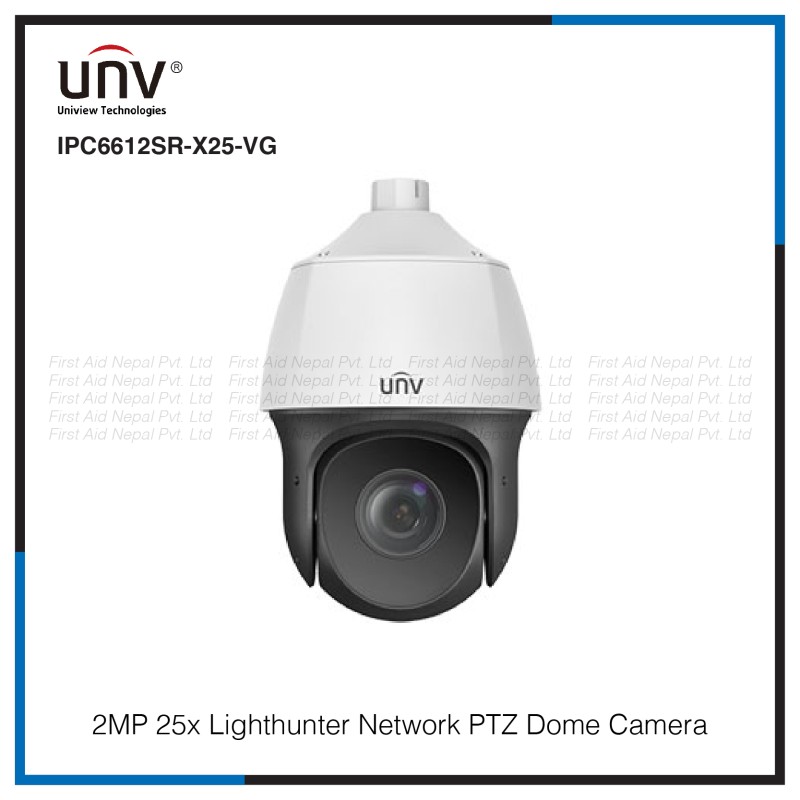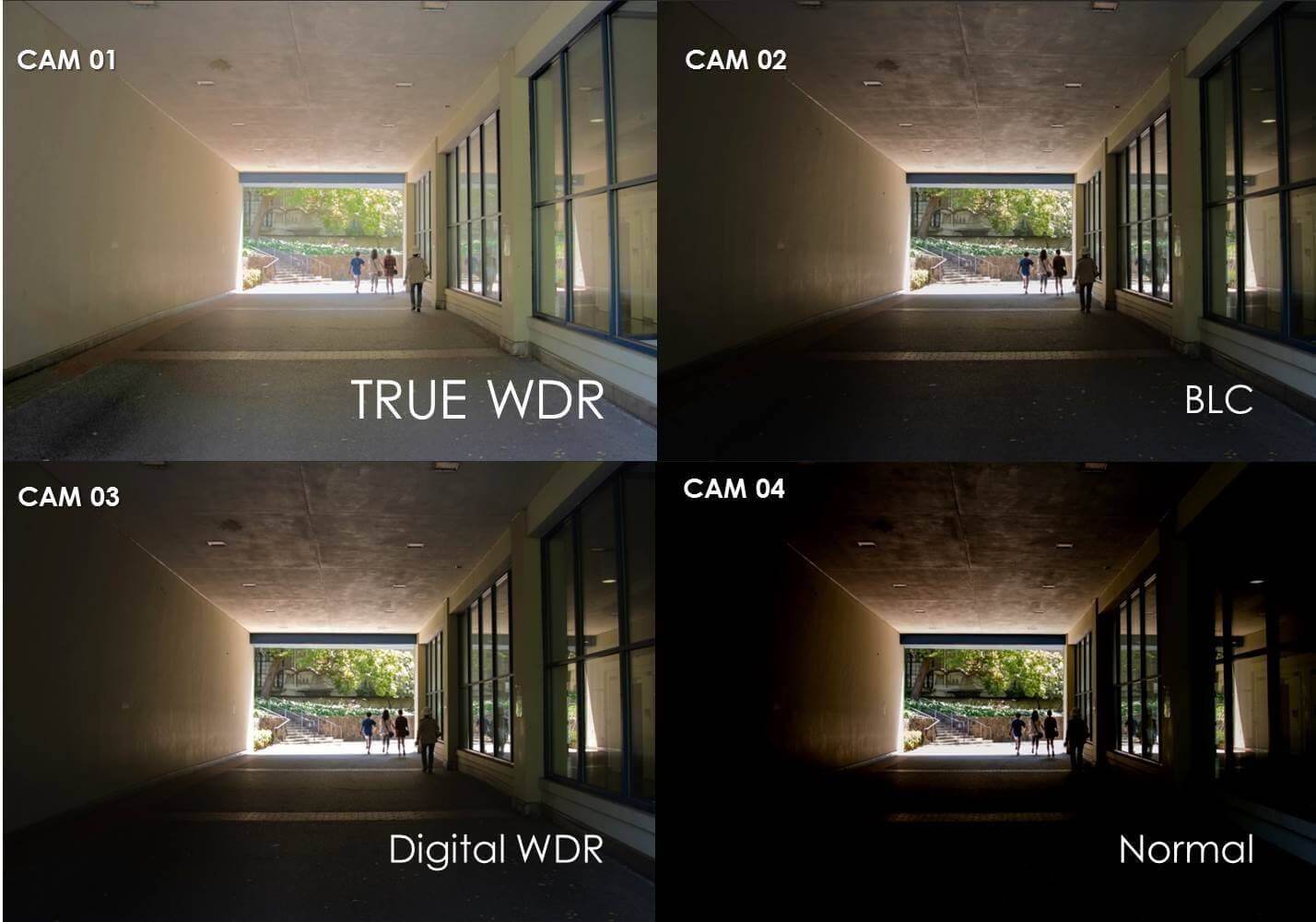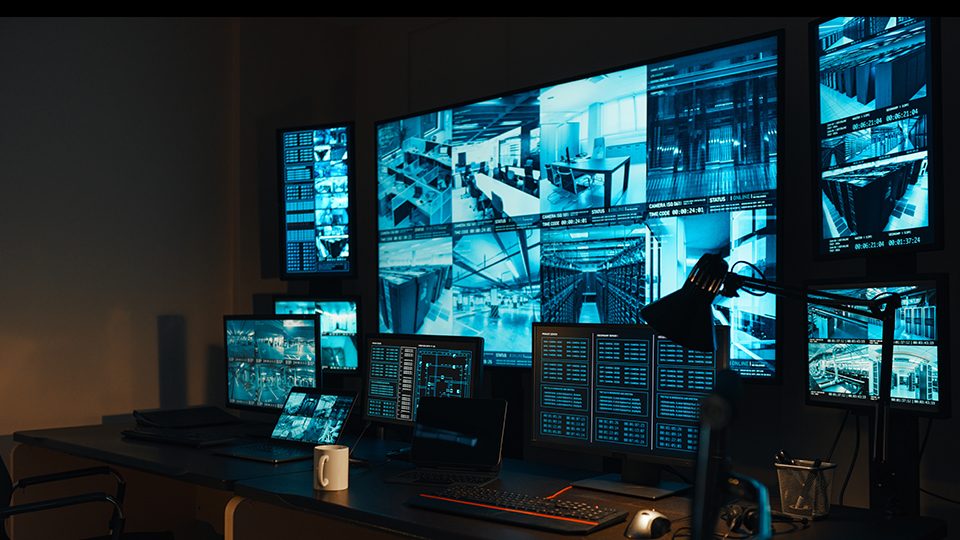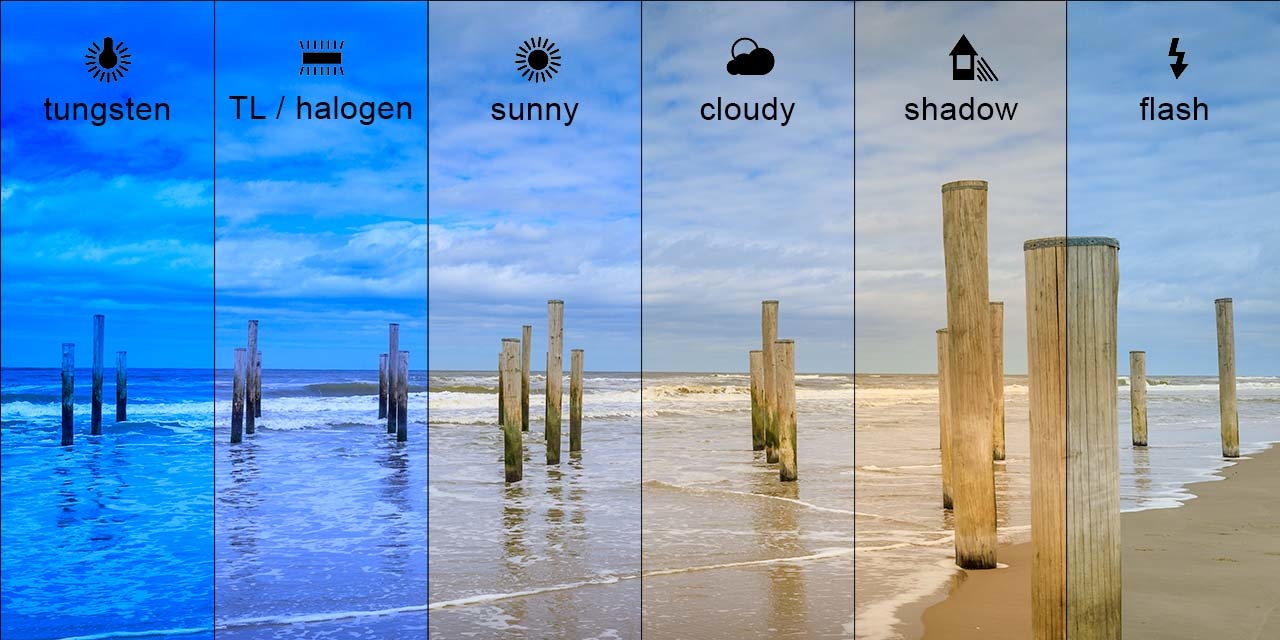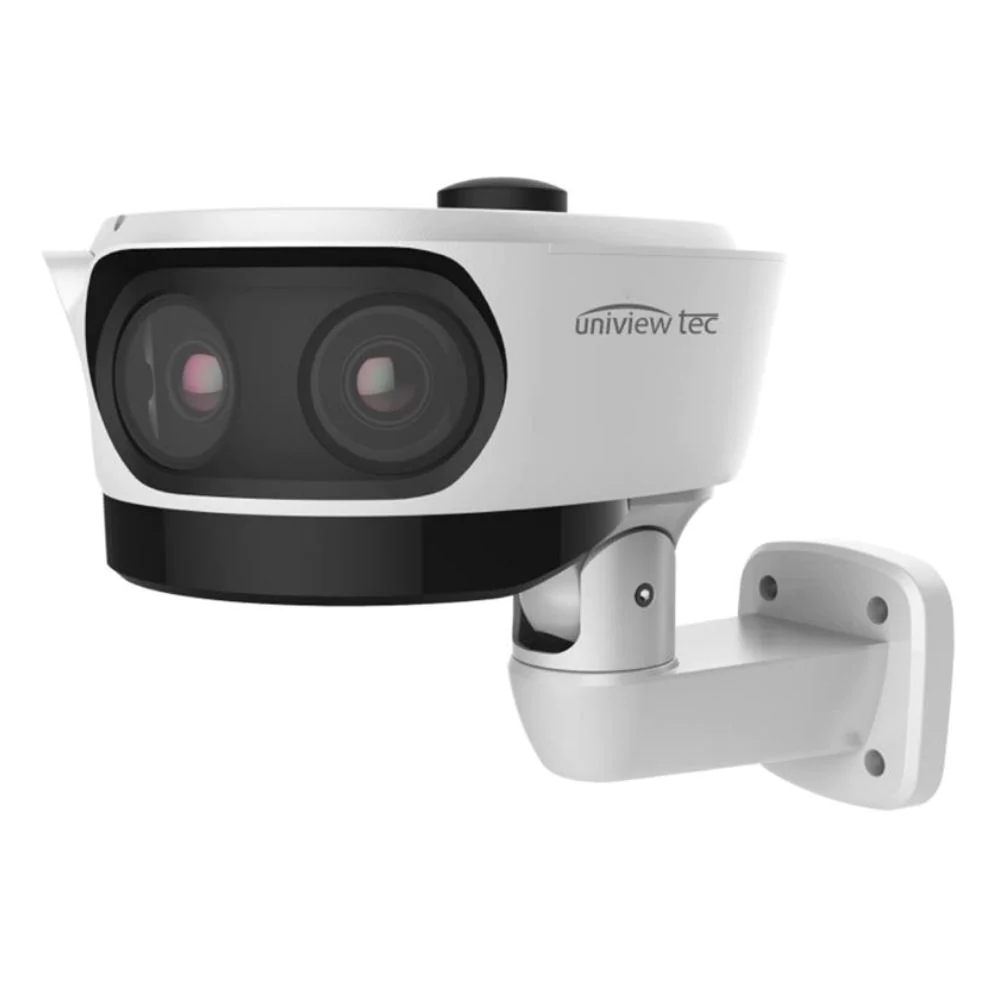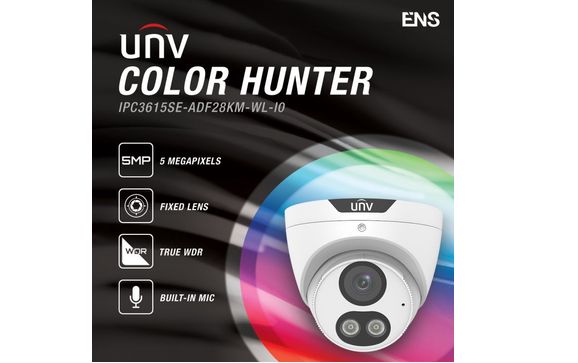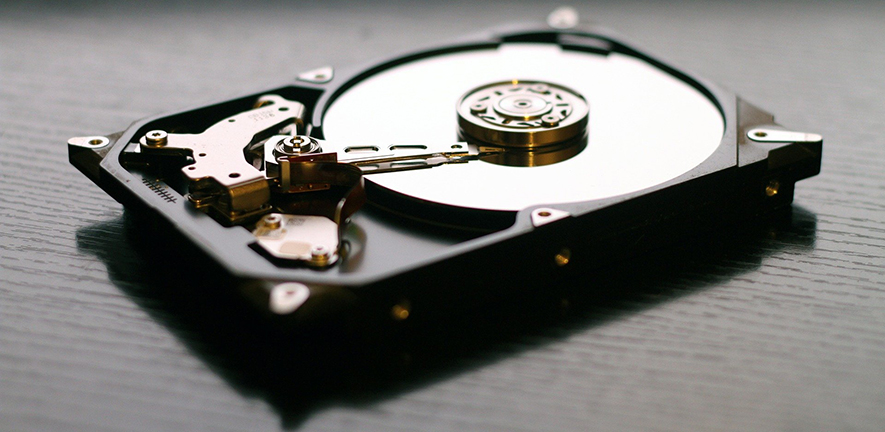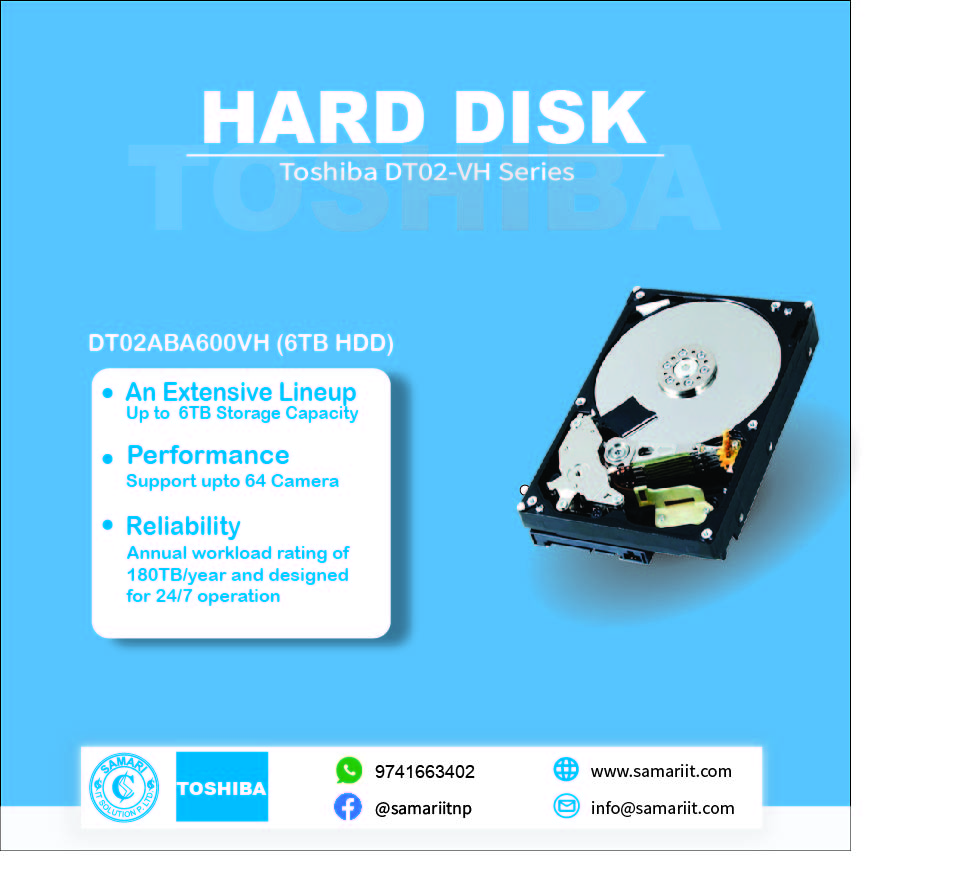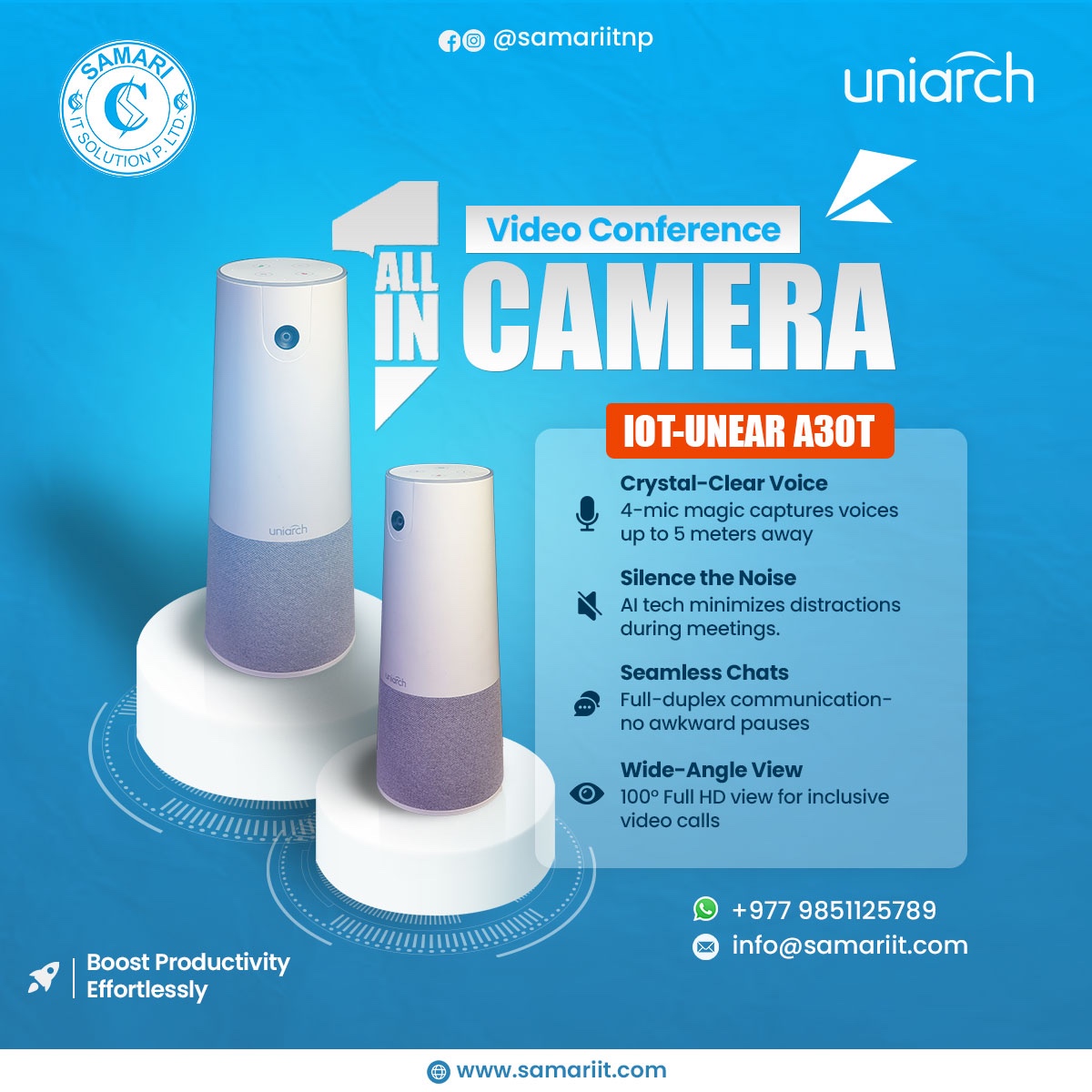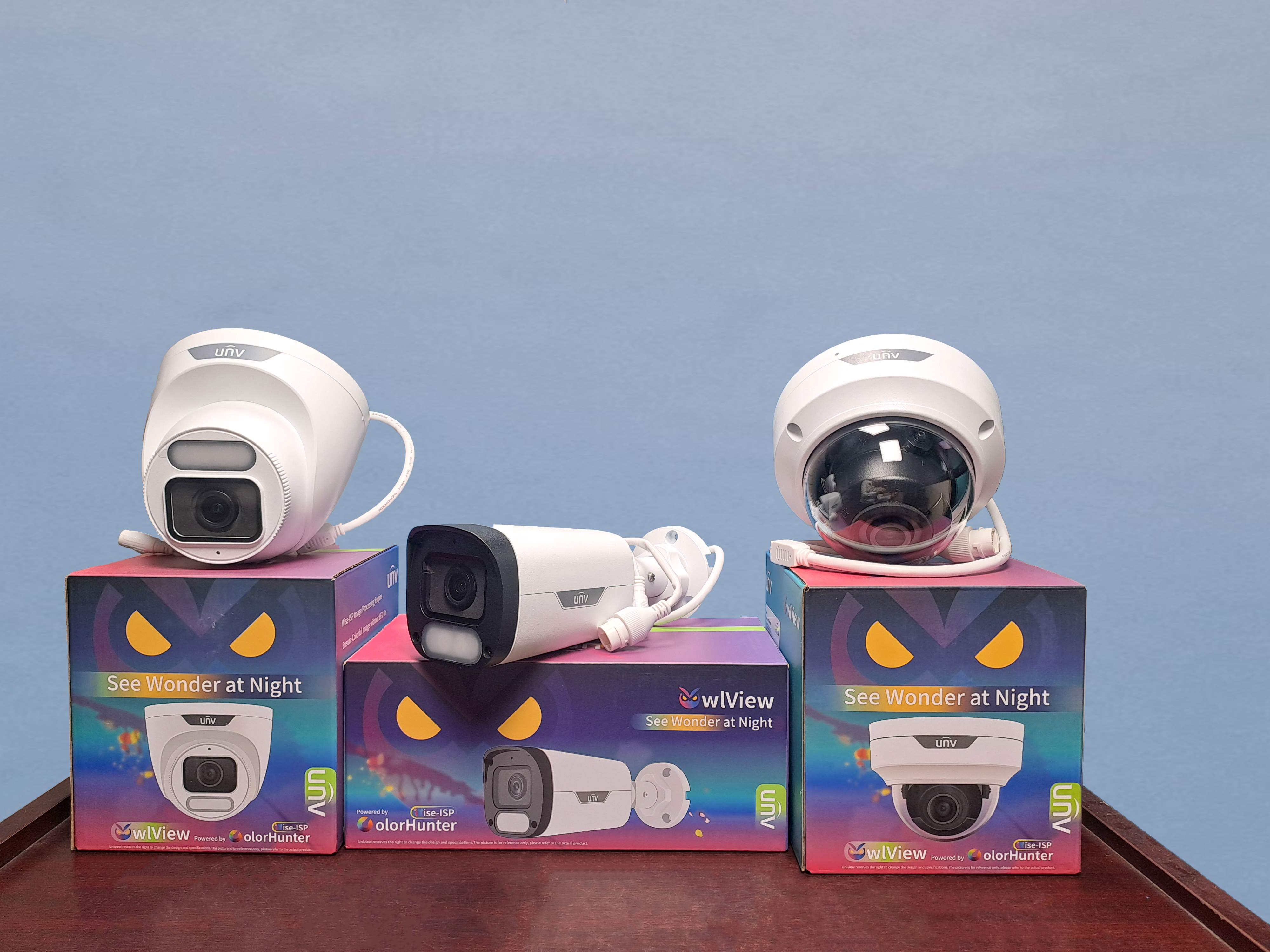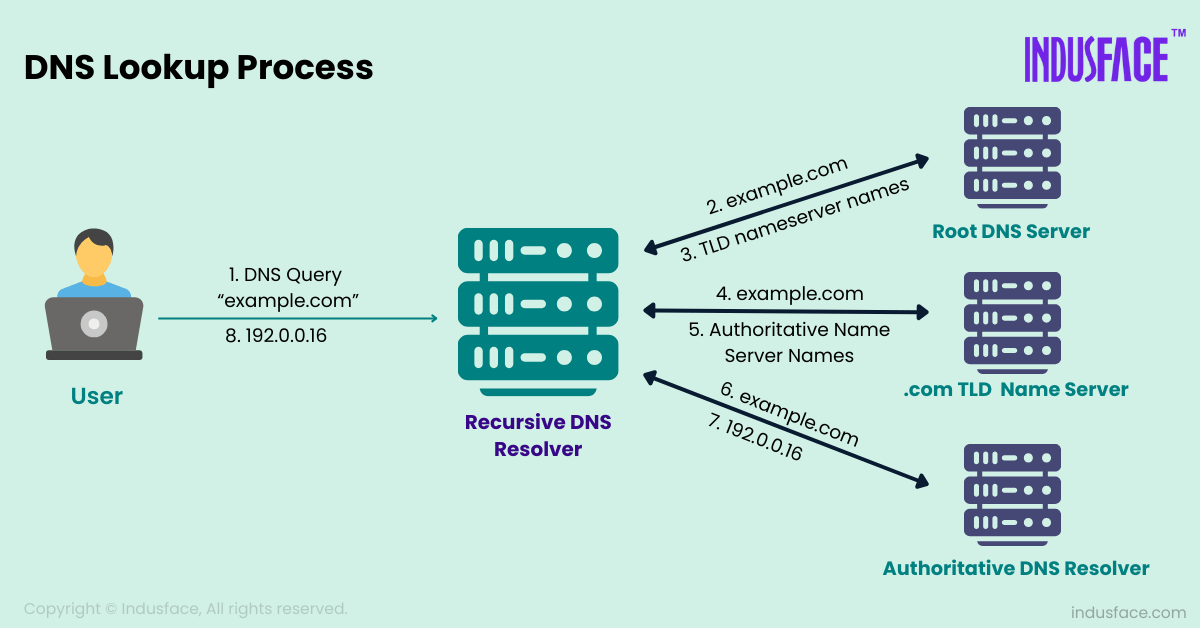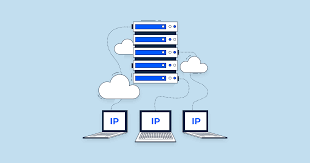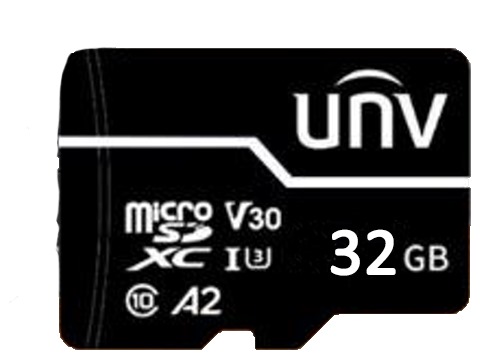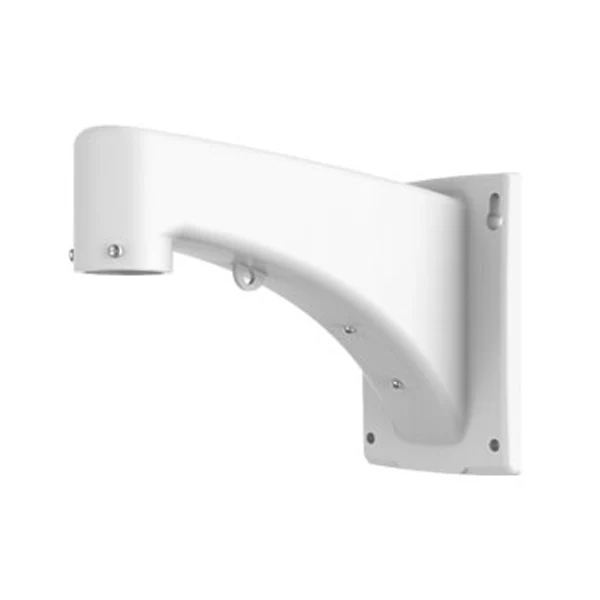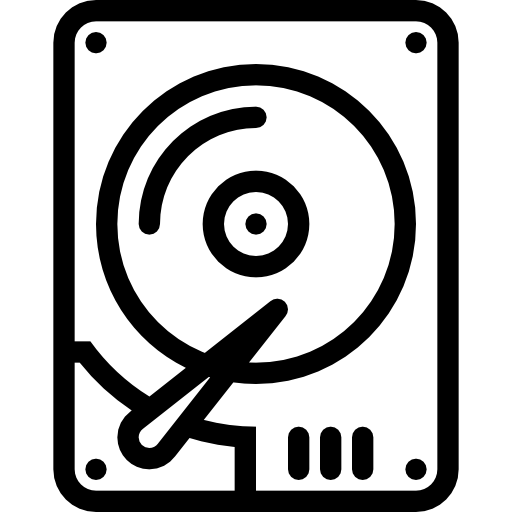HDMI stands for High-Definition Multimedia Interface. It is a digital interface that transmits uncompressed video data and compressed or uncompressed digital audio data from a source device, such as a display controller to a compatible computer monitor, video projector, digital television, or digital audio device. HDMI is a digital replacement for analog video standards.
Introduced in 2003, HDMI has become the standard for connecting electronic devices that transmit video and audio. It offers several advantages over older analog video standards, including:
- Digital signal: HDMI transmits a digital signal, meaning there is no quality loss over long distances. Analog signals can degrade over long distances, resulting in a less clear picture.
- Single cable: HDMI uses a single cable to transmit audio and video signals. This eliminates the need for multiple cables, such as composite or component video cables, which can be messy and difficult to manage.
- High definition: HDMI can support high-definition (HD) video resolutions, including 720p and 1080p. Newer versions of HDMI can support even higher resolutions, such as 4K and 8K.
- Multi-channel audio: HDMI can support multi-channel audio, such as Dolby Digital and DTS, which provides a more immersive listening experience.
- Backward compatibility: Most HDMI cables are backward compatible, meaning you can connect a newer device to an older TV or vice versa.
